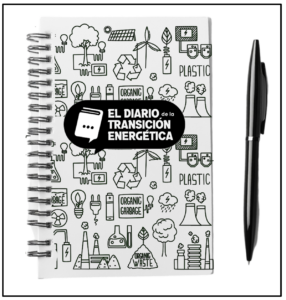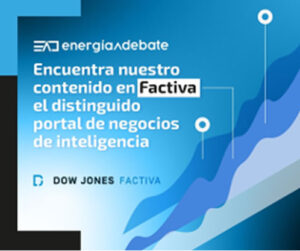McKinsey Global Institute
The world of commodities over the past 15 years has been roiled by a “supercycle” that first sent prices for oil, gas, and metals soaring, only for them to come crashing back down. Now, as resource companies and exporting countries pick up the pieces, they face a new disruptive era. Technological innovation ?including the adoption of robotics, artificial intelligence, Internet of Things technology, and data analytics?along with macroeconomic trends and changing consumer behavior are transforming the way resources are consumed and produced.
A new McKinsey Global Institute report, Beyond the supercycle: How technology is reshaping resources, focuses on these three trends and finds they have the potential to unlock around $900 billion to $1.6 trillion in savings throughout the global economy in 2035 (exhibit), an amount equivalent to the current GDP of Canada or Indonesia. At least two-thirds of this total value is derived from reduced demand for energy as a result of greater energy productivity, while the remaining one-third comes from productivity savings captured by resource producers. Demand for a range of commodities, particularly oil, could peak in the next two decades, and prices may diverge widely. How large this opportunity ends up being depends not only on the rate of technological adoption but also on the way resource producers and policy makers adapt to their new environment.


 Transporte y Logística
Transporte y Logística Tecnología e Innovación
Tecnología e Innovación Sustentabilidad
Sustentabilidad Responsabilidad Social
Responsabilidad Social Crisis Climática
Crisis Climática Pobreza Energética
Pobreza Energética Revista
Revista

 Infografías
Infografías
















